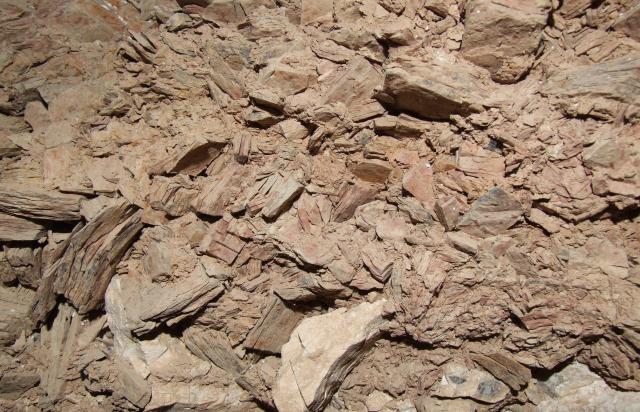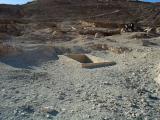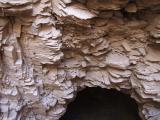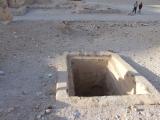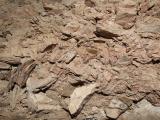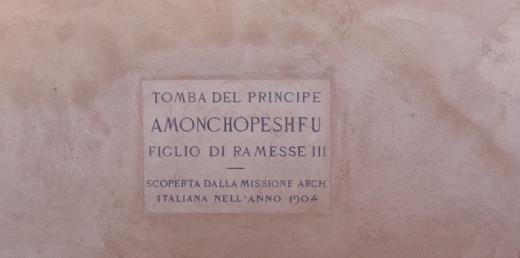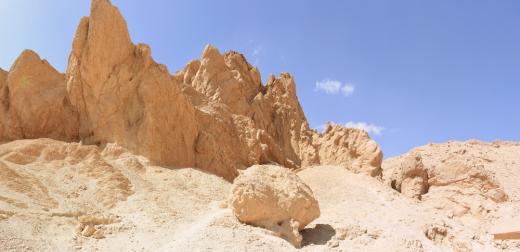QV 48
Anonymous
Entryway A
See entire tombThe shaft entrance has a cemented brick surround spanned by a metal grill.
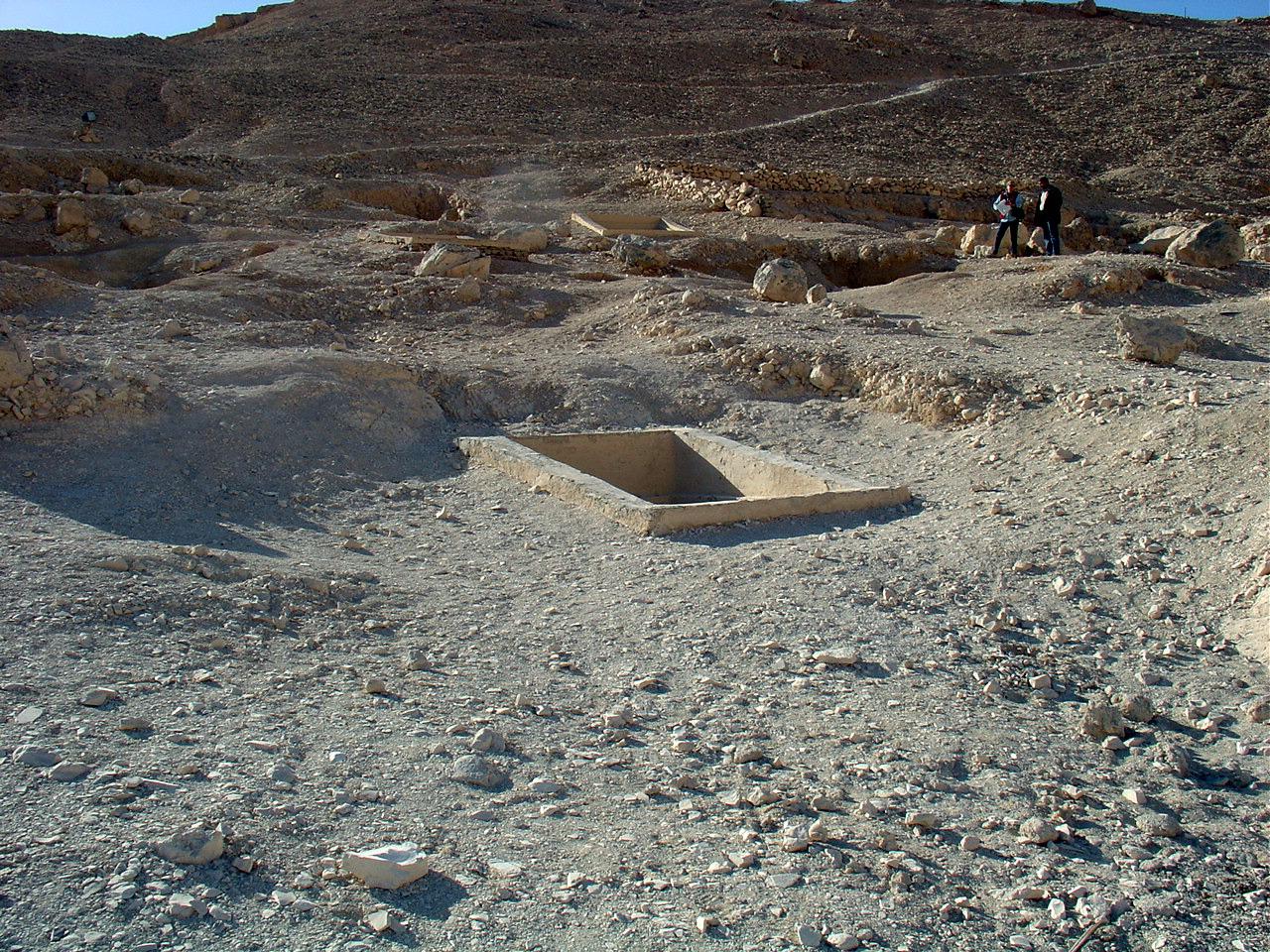
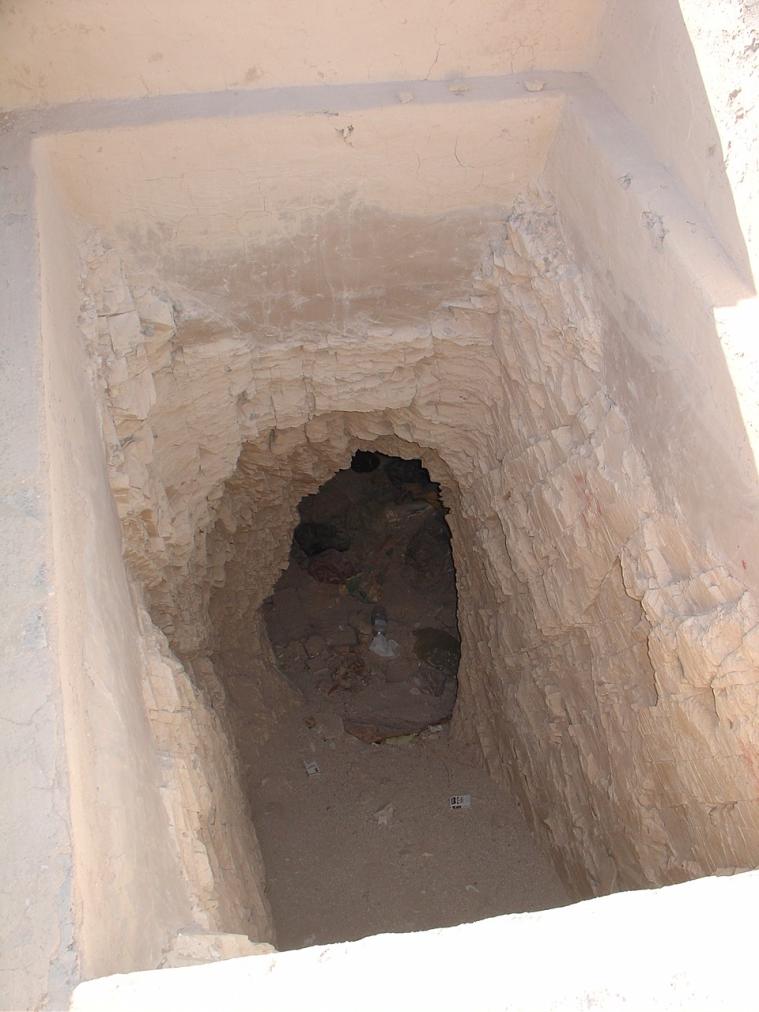
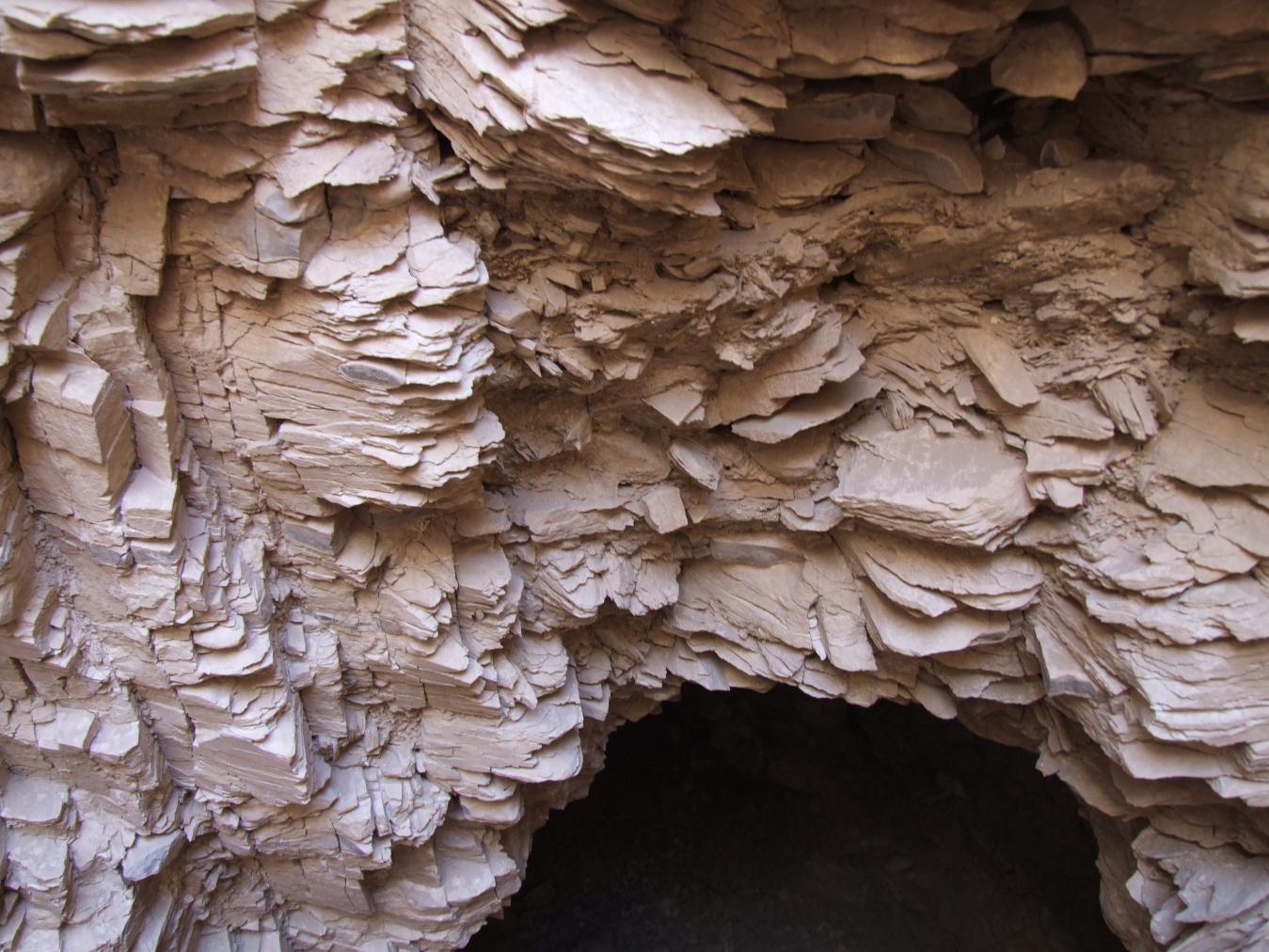
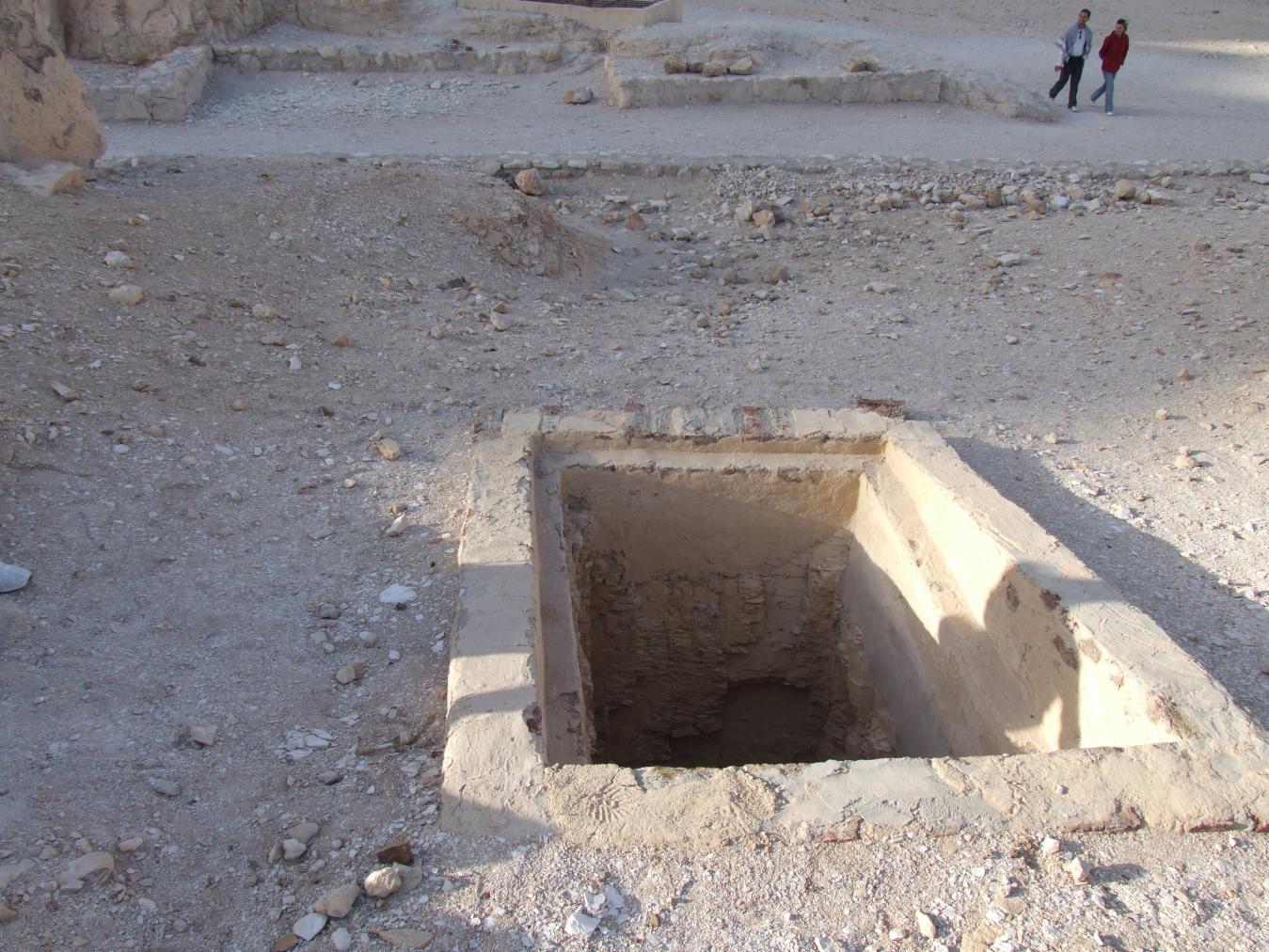
Chamber B
See entire tombAn irregularly shaped, roughly cut undecorated chamber with a domed roof. It is still partially filled with debris and sediment.
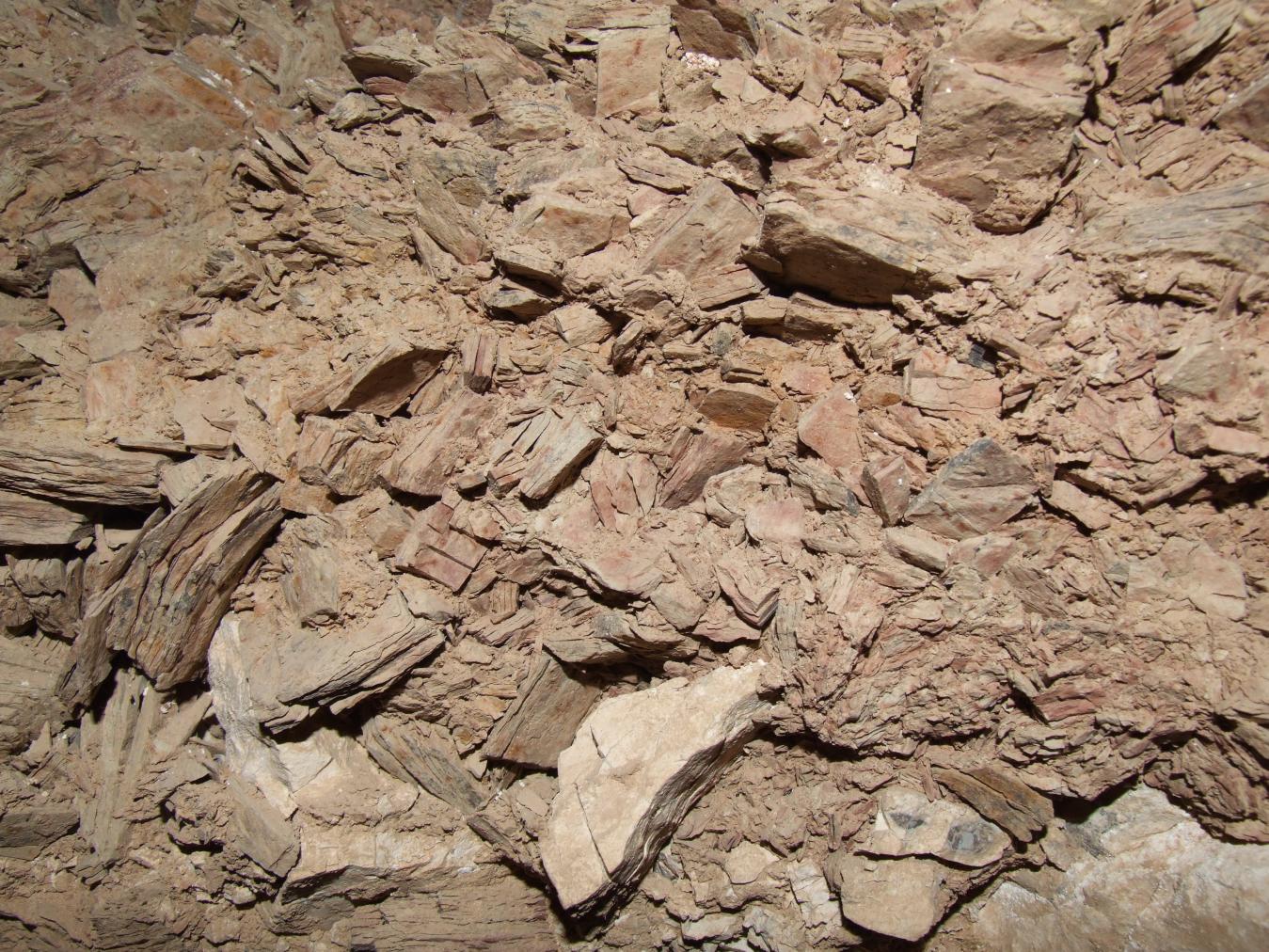
About
About
QV 48 has a shallow shaft (A) that opens out into a single chamber with a dome-shaped roof (B). The tomb lies on the south side of the main Wadi, between QV 26 and QV 47, a few meters from the retaining wall of the path. It is cut primarily into an area of marl. Debris and sediment still partially fill the tomb. The entrance has a cemented brick surround spanned by a metal grill.
Elizabeth Thomas (1959-60) records the tomb being almost completely filled and possibly contemporary with QV 30 and QV 47.
Noteworthy features:
The undecorated burial chamber has a domed ceiling.
Site History
The tomb was constructed in the 18th Dynasty
Dating
This site was used during the following period(s):
Exploration
Conservation
Site Condition
According to the GCI-SCA, though both the marl and shale in the tomb are highly fractured and friable, the tomb is in stable condition. At least 15 bats were seen in January 2008, retreating into an inaccessible crevice on the side of the domed ceiling. Reptilian egg membranes were attached to one area of the rock. The amount of debris in the tomb and its location on the slope suggest it has undergone a number of flooding events, resulting in the weakening of the rock and fracturing of the intercalated bands of shale and marl. Flooding was recorded in 1994. Furthermore, the tomb has relatively shallow overburden, increasing the risk of ceiling collapse.

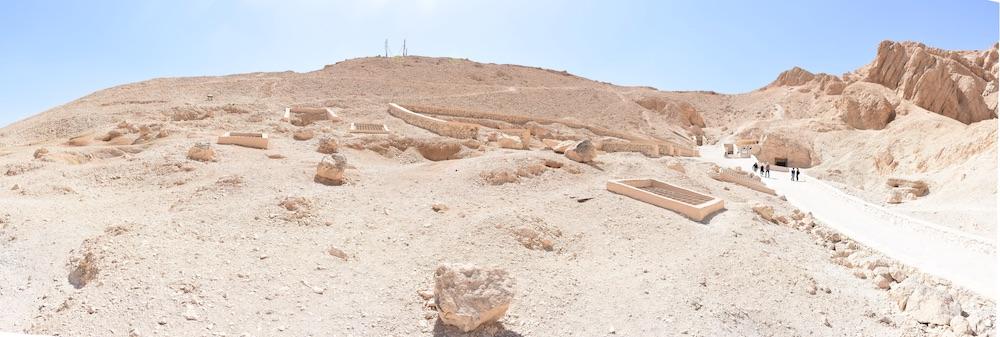






Articles
Tomb Numbering Systems in the Valley of the Queens and the Western Wadis
Geography and Geology of the Valley of the Queens and Western Wadis
Bibliography
Demas, Martha and Neville Agnew (eds). Valley of the Queens. Assessment Report. Los Angeles: The Getty Conservation Institute, 2012, 2016. Two vols.
Leblanc, Christian. Ta set nefrou: une nécropole de Thèbes-ouest et son histoire, 1: géographie- toponymie: historique de l'exploration scientifique du site. Cairo: Nubar Printing House, 1989.
Thomas, Elizabeth. The Royal Necropoleis of Thebes. Princeton: privately printed, 1966.

